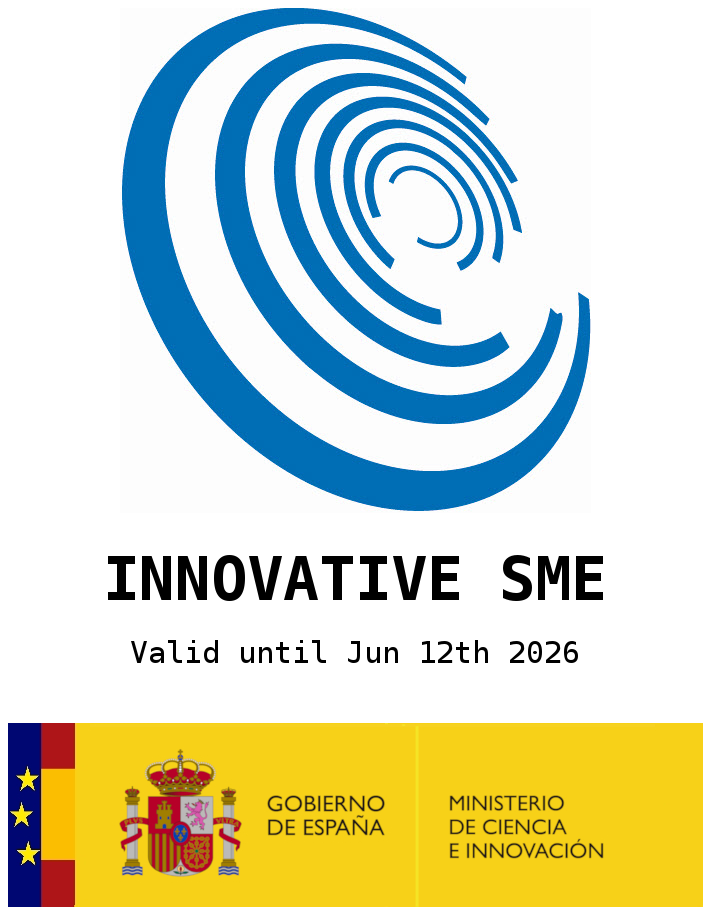How to implement Root Cause Customer Service in 5 easy steps
Traditionally, Customer Service and Customer Support have been organized around the symptoms declared by customers. For many years the industry has focused on developing capabilities to better understand the customer’s problem in an automated way, and on establishing the sequences of analysis of these symptoms to try to reach a conclusion that allows us to complete the care.
We conceive these analysis sequences in our minds as a set of questions/tests that we carry out, thus generating an analysis tree, or more specifically, what we know as an attention “workflow”. This approach, however, presents some problems that in many cases end up worsening care experiences and generating economic inefficiencies.
- The analysis that starts from the symptom generates a service workflow with a very high level of complexity, which grows exponentially by introducing personalized variants by customers and channels, which makes it very difficult to maintain.
- The symptoms declared by the customers do not always correspond directly (or easily) with the real problems they are suffering, nor with their root causes.
- Surely the most relevant point is that the focus on the symptom makes it difficult to focus on the root cause, which is what really allows us to eliminate issues and increase the global quality of our companies.
Root Cause Customer Service is a differential approach to the care process where the customer’s symptom is considered as an input in the process, but the real relevance is in the management of the root causes that make customers have to contact us.
Below we indicate 5 steps you should take to implement Root Cause based Customer Service.

STEP 1: Organize the initial knowledge
In this first step, you must lay the foundations of the change. For this, it is necessary to analyze the current customer service processes and determine the origin of those known problems for which customers contact (what will be your initial root causes).
Organize them by categories, for example, billing, onboarding, etc.
Only with this exercise, you will gain clarity about the knowledge you have of the real causes that lead customers to contact you in each category, and also about what you don't know, which are all those customer contacts that you don't really know why they occur.
What happens with contacts you don't know their root cause? At the moment you can establish the palliative care processes. With this, you are already taking a giant step: recognizing what you still do not know.
STEP 2: Connect your data and Automate
Once you have identified your first root causes, think (for each of them) if you could detect them or at least narrow down the options, without even having to ask the customer.
Use your data in real-time in a simple way, to enable these detections automatically.
Define how you would like to solve this type of problem (if it happens) and even think about what variants you would introduce based on the customer profile, the service channel, etc.
Performing this exercise on an individual basis for each root cause greatly simplifies the process and opens up new possibilities for real-time personalizations.
STEP 3: Create customer service experiences and publish them on any channel
When you are clear about the root causes (knowing how to detect and solve them) you can use them in all your channels. In this way, you will have centralized management of your service intelligence, agnostic to the channel from which it is accessed, creating service experiences that maximize the capabilities of each channel.
Once these service experiences are defined and created, Technologies such as “Autonomous Orchestration” are in charge of determining the optimal sequence of root cause verification for each customer, implementing personalized service experiences in real-time. The facts of, reduced dependency on the symptom declared by the customer and the ease of automating the use of personalized information allow us to offer much more fluid and accurate experiences.
STEP 4: Anticipate your customers
At this point the questions seem obvious; If we know part of the root causes that affect our customers... couldn't we anticipate them and prevent them from occurring or at least having a negative effect? To prevent them from occurring and be able to eradicate the root causes, use the information from your analytics system and identify which root causes occur most frequently and their detailed characterization.
With this information, you will be able to help prioritize and direct the “backoffice” teams in a much more efficient way when it comes to eliminating the root causes of your operation. In parallel, while root causes are eradicated, you can apply proactive mitigation policies that anticipate your customers and surprise them with a new level of care.
STEP 5: Discover new root causes
Finally, to close the virtuous circle of “Root Cause Customer Service”, we have to focus on those customer contacts in which we are unable to determine the root cause. This corresponds to situations experienced by customers for which we do not have a clear diagnosis or resolution and which typically constitute much of the focus of dissatisfaction.
At this point, an approach based on “Root Cause Customer Service” will allow you to have two clear differential values that you must activate at this point.
The first corresponds to the clear identification of which customer contacts do not have a known root cause that has allowed their resolution, and the second is that the process itself of discarding known root causes allows (using clustering techniques) to have a characterization of the context in which these situations occur, which is key in the process of identifying new root causes.
Adopting a root cause approach in your customer service represents a turning point in the direction of total quality, which is none other than that your customers do not have to contact you… because things just work.
Related posts
How to maintain a scalable customer service
Traditionally, customer service has been handled as a succession of steps and procedures that respond to different Customer requests [...]Intelligent Automation: the impact of AI Agents on Customer Experience
Artificial Intelligence (AI) in customer service is not a thing of the future—it is happening now. Companies that fail to integrate [...]Stay tuned to receive new content
Schaman Customer Experience Spain, S.L. © 2025







